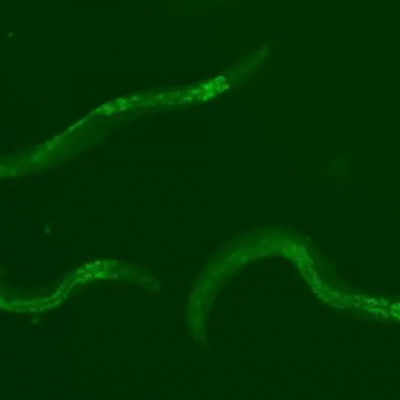Researchers have identified a key genetic mutation linked to developmental epileptic encephalopathy (DEE) and autism spectrum disorders (ASD). The study led by Mirella Vinci from the Oasi Research Institute-IRCCS in Italy, focuses on Syntaxin-binding protein 6 (STXBP6), also known as amysin, a vital component of the SNAP receptor (SNARE) complex crucial for neuronal vesicle trafficking.
Published in the International Journal of Molecular Sciences, the recent whole exome sequencing (WES) study reveals a de novo deletion within the STXBP6 gene as a major contributor to DEE and ASD. This genetic anomaly leads to a truncated STXBP6 protein, negatively impacting synaptic vesicles’ exocytosis and potentially triggering neurological conditions. This discovery sheds light on a novel form of SNAREopathy, a term used for disorders associated with SNARE proteins.
The research expands our understanding of the STXBP6 gene’s role in neurological conditions, emphasizing its connection to DEE and ASD. The discovery prompts scientists to explore the pathogenic mechanisms of the STXBP6 gene further. The identification of this gene mutation opens new avenues for research, potentially confirming its role in the development of DEE. Researchers hope that this study will stimulate future investigations and contribute to a deeper understanding of neurological disorders, ultimately paving the way for targeted treatments.
Source:
Vinci, M.; Costanza, C.; Galati Rando, R.; Treccarichi, S.; Saccone, S.; Carotenuto, M.; Roccella, M.; Calì, F.; Elia, M.; Vetri, L. STXBP6 Gene Mutation: A New Form of SNAREopathy Leads to Developmental Epileptic Encephalopathy. Int. J. Mol. Sci. 2023, 24, 16436. https://doi.org/10.3390/ ijms242216436 Academic Editor: M










